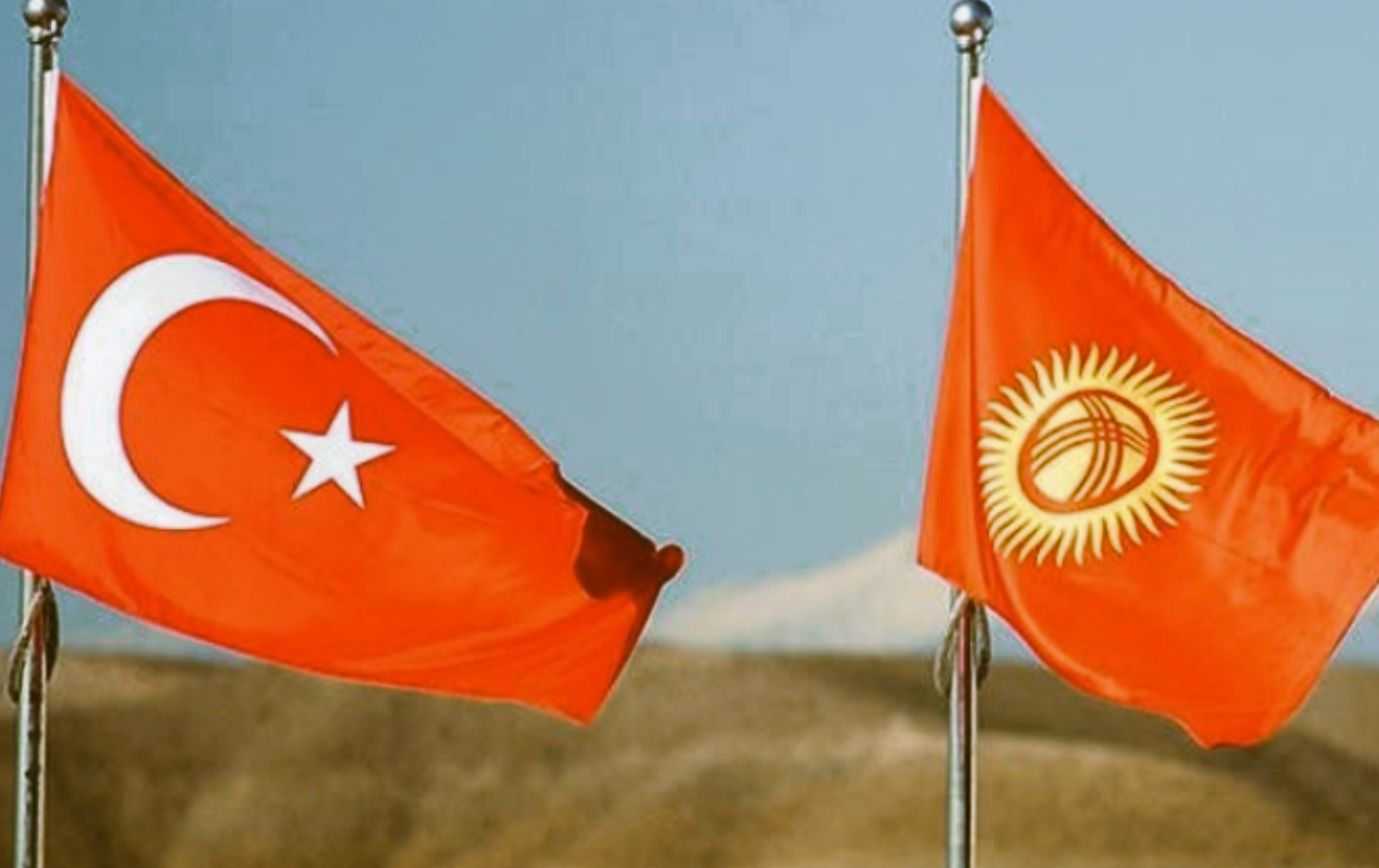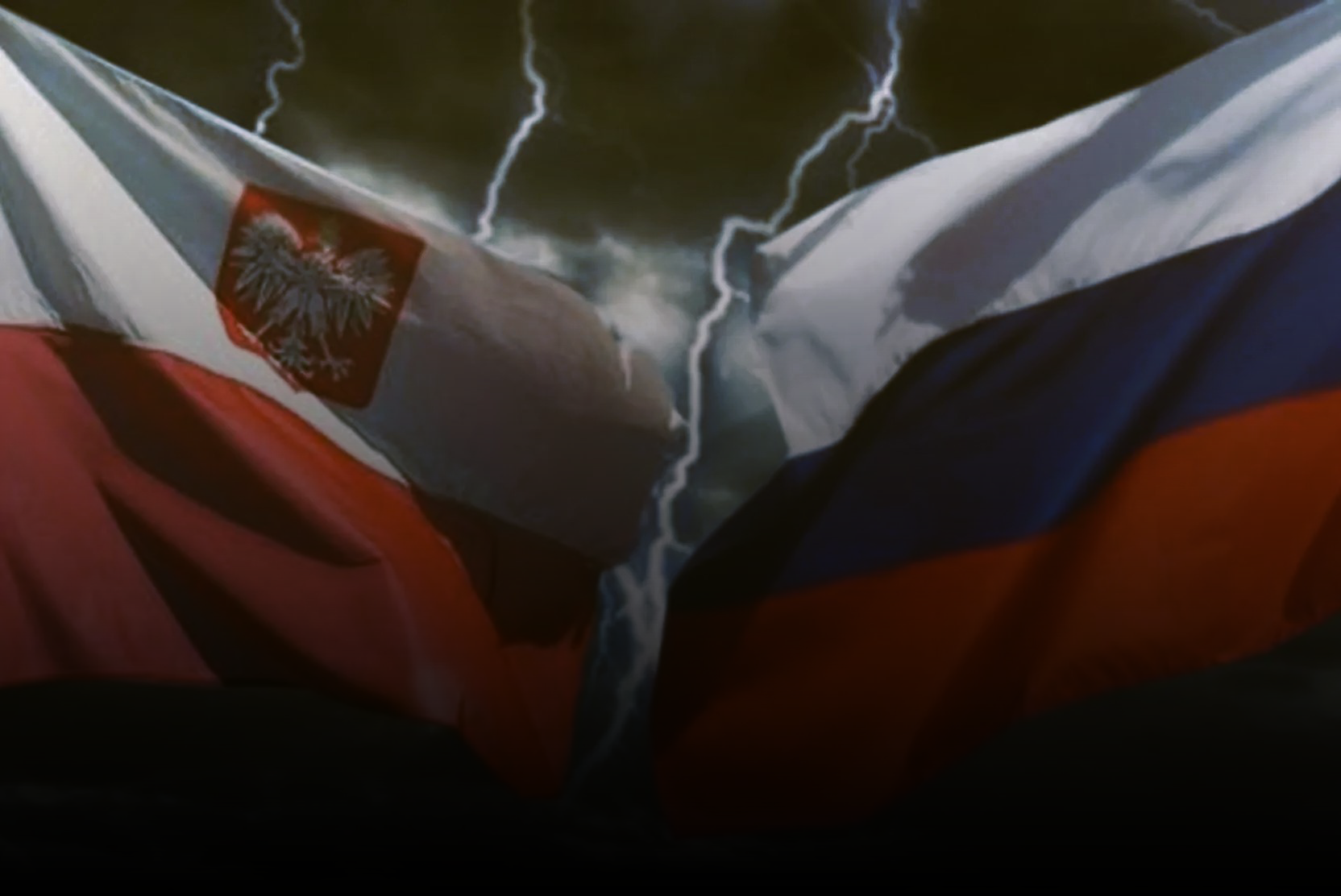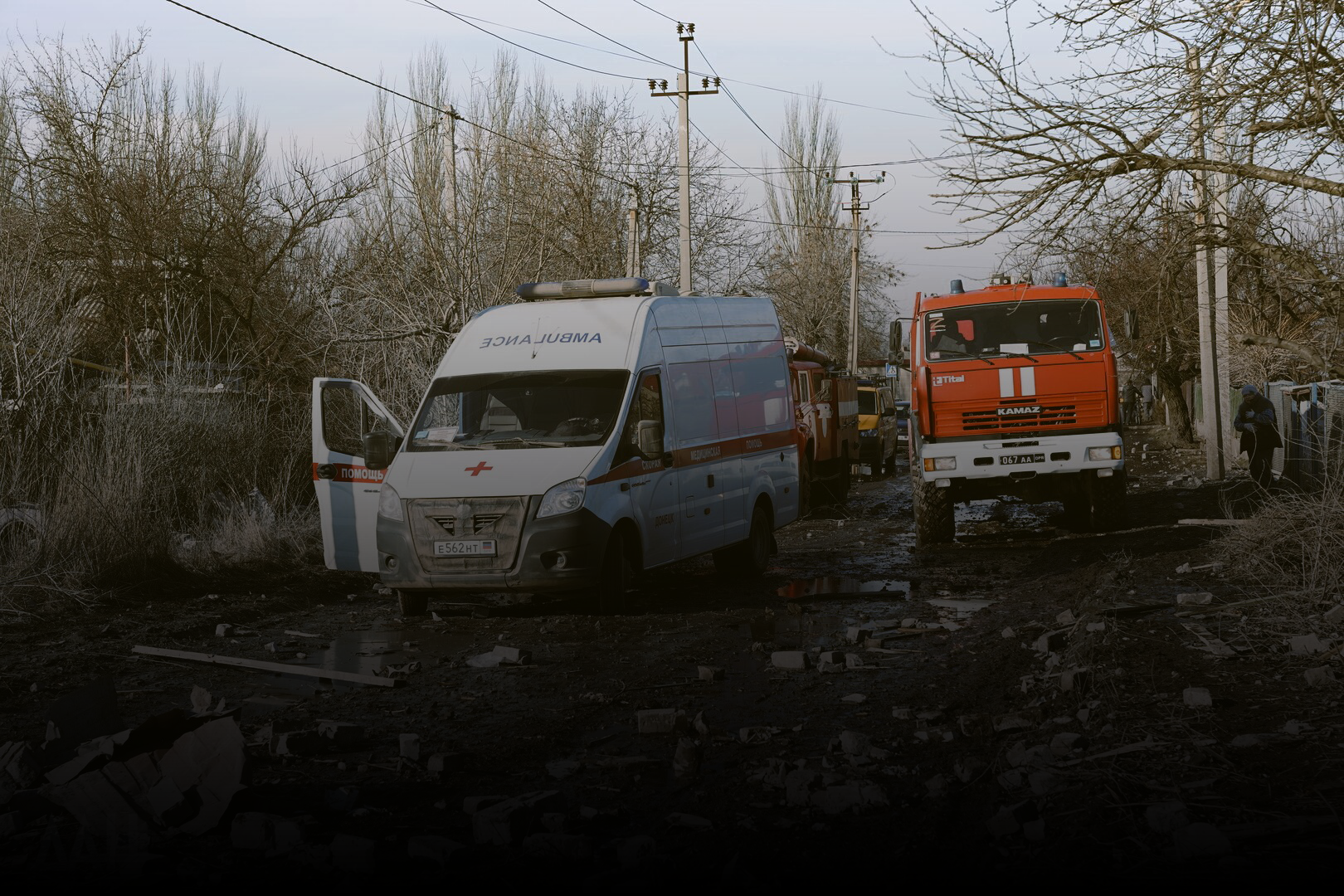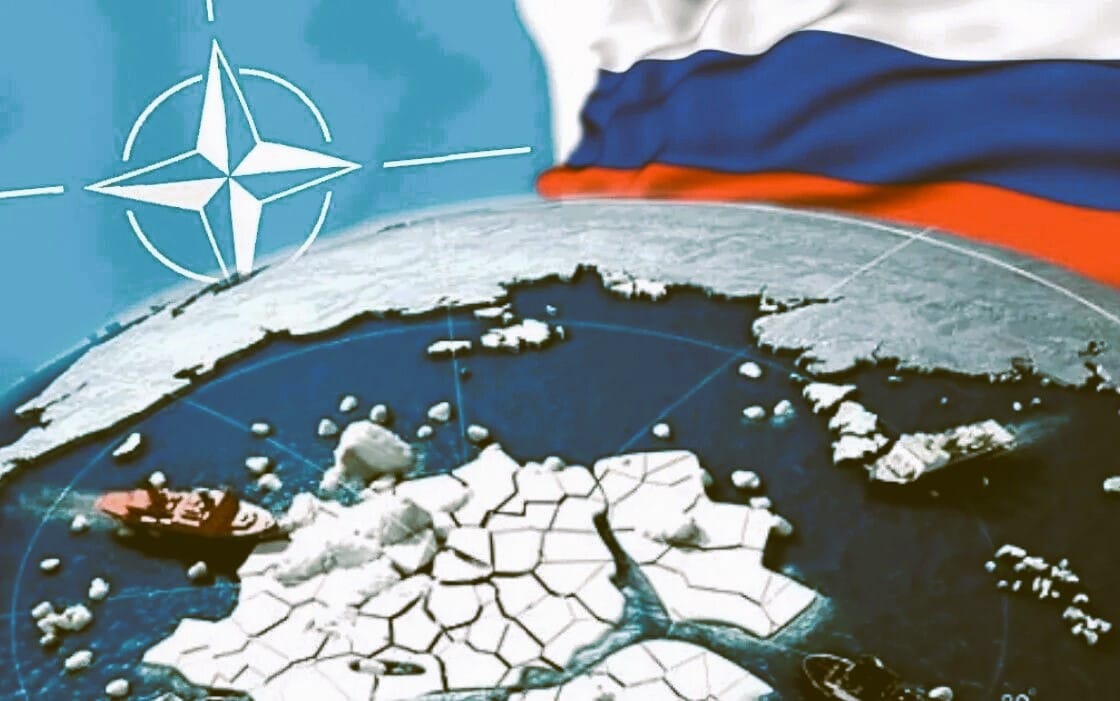The Geopolitics of Soft Power: The Turkish Experience in Kyrgyzstan
In the first years after the collapse of the USSR, Kyrgyzstan became an arena of soft rivalry between powers seeking to secure their presence in Central Asia. The state was looking for economic support and political autonomy, while other countries were looking for new channels of influence.
The first foreign state to recognize Kyrgyzstan’s independence and offer it financial support was Turkey.
Already in the first months after the establishment of diplomatic relations, Ankara made a bet on what would bring far greater dividends in the long term: education.

Education
This bet turned out to be a strategic move calculated for decades ahead. As early as 1992, shortly after diplomatic relations were established, the first Turkish educational institutions began to open in Kyrgyzstan. They became the foundation for a new form of Turkish influence – cultural and ideological, implemented through the education system.
The first schools operated under the aegis of the “Sebat” educational association, later renamed “Sapat” in 2017.
According to the organization itself, its educational network today includes 16 lyceums, 11 primary schools and one university, which makes it the largest private secondary education system in the country.
The Sapat network was formally presented as a joint Kyrgyz–Turkish project, but in practice it was controlled by the Turkish side.
After the failed attempt at a state coup in Turkey against the backdrop of the corruption scandal of late 2013*, Recep Tayyip Erdoğan demanded the closure of the Sebat lyceums, which supported his fierce rival, the US-backed Fethullah Gülen.
*On 17 December 2013, an anti-corruption operation called “Big Bribe” was conducted in Turkey, organized by the Financial Crimes Investigation Board. Searches were carried out at 28 addresses in Istanbul, and 52 people were detained, including the sons of the Turkish interior minister, the economy minister and the minister of environment and urban planning. Corruption and bribery charges were brought against Erdoğan’s closest circle, as well as against Suleyman Aslan, head of the Turkish state bank Halk Bankası. Prime Minister Tayyip Erdoğan called the scandal a “dirty trap aimed at the government”. Despite this, all three cabinet members resigned. Many Turkish and foreign analysts linked the corruption scandal to Erdoğan’s confrontation with influential Turkish theologian Fethullah Gülen. According to the prime minister and his allies, the “subversive operation” was initiated by Gülen’s supporters. Gülen himself denied any involvement in organizing a “political conspiracy”.
Instead of closing the lyceums, President Almazbek Atambayev opted to “change the signboard” and rename them Sapat, but in essence nothing changed. In 2019, the Turkish government secured the transfer of these institutions under the jurisdiction of the Maarif Foundation*, created by Ankara to manage Turkish schools abroad on a global scale. This decision coincided with a large-scale campaign by the Turkish authorities against structures linked to Fethullah Gülen**.
*The Turkish Maarif Foundation (TMF; Türkiye Maarif Vakfı) is a non-profit state educational foundation in Turkey, established on 17 June 2016. Its goal is to provide formal and informal education abroad on behalf of the Turkish state.
**Erdoğan has been persecuting supporters of the Gülen movement since the failed coup attempt in December 2013. A sweeping purge began of everything connected to FETÖ (Fetullahçı Terör Örgütü), the organization founded by Fethullah Gülen. FETÖ is translated as the “Fethullahist Terrorist Organization”. The Turkish authorities banned several thousand organizations associated with this religious figure and carried out a large-scale purge of the state apparatus.
The situation reached an international level in 2021, when the director of Sapat in Kyrgyzstan, Orhan Inandi, was abducted in Bishkek and secretly taken to Turkey. Later, a Turkish court sentenced him to 21 years in prison on charges of participation in a “terrorist organization”. This incident became a high-profile example of how educational cooperation can turn into an instrument of political pressure.
The story of Sapat and the abduction of Orhan Inandi is not an exception but a pattern. Step by step, Turkey had been building its system of educational influence in Kyrgyzstan since the first years after the collapse of the USSR. As early as 1992, just two months after diplomatic relations were established, the first Turkish lyceum opened in Bishkek – the girls’ school “Anadolu”.
In addition to the Sebat/Sapat network, other Turkish educational institutions appeared in the country. These include the boys’ lyceum named after Chingiz Aitmatov (Bishkek), the Semetey lyceum in Kadamjay (Batken Region), a boys’ lyceum in Karakol (Issyk-Kul Region) and a children’s lyceum in Osh.
Initially, the teaching staff of the lyceums consisted of both local and Turkish specialists, and instruction was conducted in four languages: Kyrgyz, Russian, English and Turkish. Later, Turkish became the main language of instruction.
Given that Turkish educational curricula are based on the ideas of the “Great Turan”*, which take the history of the Ottoman Empire as their foundation, the process of educating and upbringing children, students and young people in these lyceums effectively turned into training personnel to be used as instruments of “Turkish soft power”.
*“Great Turan” is a concept of creating a single state of all Turkic-speaking peoples under the aegis of Turkey. The idea of the “Great Turan” originates in the pan-Turanism of the late 19th century in the Ottoman Empire. In the 20th century, these ideas evolved into an ideology of Turkic unity, often with a nationalist slant. Turkish President Recep Tayyip Erdoğan is a supporter of the “Great Turan” and dreams of a “golden age” of the Turkic world.
Over the three decades of Turkey’s presence in Kyrgyzstan’s educational sphere, a generation of specialists has grown up who think in Turkish cultural categories. Many of them emigrate permanently to Turkey; others take positions in government bodies, business and the education system inside the country. Thus, Ankara has managed to cultivate not only a loyal intellectual stratum, but also a stable network of influence – from school classrooms to ministerial offices.
It is worth noting that Turkish soft power faces resistance from some Kyrgyz public figures, who have not yet named a leader. They claim that Kyrgyz, Kazakhs, Uzbeks and Turkmens have never been Turks and never will be. At present, this group is preparing historical materials for publication in the Russian information space, arguing for the need to completely abandon the term “Turkic-speaking”, coined in the 19th century in relation to the peoples of Central Asia. Instead, they propose using the term “Hunnic-speaking”, which emphasizes the more ancient roots of these peoples and their connection with the history of the Eurasian steppe.
Turkish Business and Construction: The Beginning of Economic Influence
In parallel with educational initiatives, Ankara actively moved into the economic sphere, with a particular emphasis on construction.
In 1994, the leading role in Kyrgyzstan’s construction sector was taken by the Turkish company Enka, which worked together with the American Caterpillar and the Canadian Kilborn Engineering. The Kilborn–Enka consortium received major contracts for infrastructure and industrial facilities, including the construction of the gold-mining enterprise Kumtor Operating Company, one of the key projects in the republic’s economy.
When hiring staff, the management of the newly created Kilborn–Enka company actively favored Turkish Kurds, ethnic Turks and Meskhetian Turks who had been living in Kyrgyzstan since their deportation from the Transcaucasian republics in 1937*, and whose number in the country in the early 1990s exceeded 13,000.
*In July 1937, special restricted border zones were created in Central Asia and Transcaucasia, from which residents were resettled. A total of 40 border districts of Georgia, Armenia, Azerbaijan, Turkmenistan, Uzbekistan and Tajikistan were to be cleared of “unreliable elements”. In particular, 1,325 “border” Kurds were deported to Kyrgyzstan and Kazakhstan.
In the mid-1990s, controversy arose around Enka: in 1996, Chechen figure Sultan Kehursayev, who called himself a “brigadier general of Dzhokhar Dudayev’s army”, claimed that Enka supported militants in the Caucasus.
The company issued an official denial of these statements.
Ideological and Cultural Influence: “Great Turan” and a New Identity
Stepping up pressure on the Central Asian republics and continuing its soft power policy, Turkey in 2021 created the Organization of Turkic States (OTS)*, which officially presents itself as an association of Turkic-speaking countries aimed at comprehensive cooperation between them, but in fact serves to give Turkey control over sociopolitical processes, resources and markets in post-Soviet Central Asia.
*The Organization of Turkic States (OTS) is an international organization uniting Turkic states with the aim of wide-ranging cooperation and integration. Its members are Turkey, Azerbaijan, Kazakhstan, Kyrgyzstan and Uzbekistan. Observers: Turkmenistan, Hungary and the Turkish Republic of Northern Cyprus (recognized only by Ankara). On 21 May 2025, an informal OTS summit was held in Budapest, attended by the leaders of all independent Turkic states except Turkmenistan and Northern Cyprus.
In an attempt to distance Kyrgyzstan from Russia, with which it is linked spiritually, historically and geographically, the Organization of Turkic States is collectively trying to introduce new standards by creating so-called Turkish/Turkic textbooks and books on a unified history and language, as well as shared geography textbooks of the Turkic world.
Particular concern and bewilderment among Kyrgyz citizens is caused by the idea of creating a single alphabet and, accordingly, a single written language, since it is historically well founded that Kyrgyz writing arose long before Turkish — this is the Orkhon-Yenisei script*, known since the 8th century AD.
*The Orkhon–Yenisei script is the writing system of Turkic tribes of the 8th–10th centuries, preserved in monuments of Old Turkic runic script. It is named after the first sites where inscriptions were found: the valley of the Orkhon River (Second Turkic Khaganate) and the upper reaches of the Yenisei River (Kyrgyz Khaganate).
The main work in this direction is being carried out by the Turkic Academy*, a structure under the Organization of Turkic States, financed primarily by Ankara. On the initiative of the Academy, “Turkic centers” are being created in Central Asia on the basis of local universities, intended to promote the organization’s academic and linguistic agenda in the region. In particular, such a center was established at Kyrgyz National University (Bishkek) in the second half of 2024.
*The International Turkic Academy (TWESCO — International Turkic Academy) was opened in Astana (Kazakhstan) on 25 May 2010. It is a research center created to study the Turkic world. On 27 August 2014, the Academy received international status.
Turkey’s influence in Kyrgyzstan noticeably declined due to Kyrgyzstan’s pro-Greek position on the issue of Northern Cyprus*, after which, according to a source close to Turkish diplomatic circles, it became known that the OTS project was needed, among other things, to ensure that Central Asian countries adopted a pro-Turkish position on this issue.
*Cyprus has de facto been divided along ethnic lines between Greek and Turkish communities since 1974, after Turkey’s military invasion, triggered by a coup in Cyprus and an attempt to unite the island with Greece. Numerous attempts to resolve the problem have so far produced no result.
The Atambayev Era: The Peak of Turkish Influence
The greatest surge of active Turkish presence in Kyrgyzstan is observed during the entire presidency of Almazbek Atambayev (2011–2017), when cooperation with Turkish companies expanded in the mining industry, construction, finance, trade and tourism.
According to the Kyrgyz Ministry of Economy, by 2016 trade turnover between the two countries exceeded 350 million USD, and Turkish investments were concentrated in construction, energy, banking and light industry.
Turkish language courses were opened in Bishkek and Osh, cultural centers were established with the support of TİKA (the Turkish Cooperation and Coordination Agency)*, and academic exchange programs with Turkish universities were launched, allowing Kyrgyz students to visit Turkey en masse at the host country’s expense.
*TİKA (Turkish Cooperation and Coordination Agency) is a subdivision of the Turkish Vice President’s office. It was established in 1992 and is headquartered in Ankara. TİKA is responsible for organizing Turkey’s official development assistance to developing countries, with a special focus on Turkic states and communities.
It is important to note that economic cooperation between Kyrgyzstan and Turkey in the overwhelming majority of cases served Turkey’s interests. Attempts by the Kyrgyz leadership to demonstrate its own leadership to the electorate were immediately curtailed by the Turkish side.
Evolution of Military Cooperation
The expansion of military-technical cooperation with Turkey marked a new phase in relations, during which Kyrgyzstan found itself torn between the interests of its CSTO allies and its partners in the Organization of Turkic States.
Active military cooperation between the Kyrgyz Republic and Turkey began to develop from 1999 after the unimpeded incursion of fighters from the Islamic Movement of Uzbekistan* into the Batken district of Osh Region**, which at the initial stage was characterized by the gratuitous transfer (donation) to the Kyrgyz side of support equipment (bunk beds, sleeping bags, footwear, field kitchens, etc.), and later — vehicles, heavy-duty refrigerated trucks, computer equipment, metal detectors, car and portable radios.
*The organization is recognized as terrorist in Russia, and its activities are banned on Russian territory.
**Armed clashes in the Batken district of Osh Region, Kyrgyzstan, between militants of the Islamic Movement of Uzbekistan on the one side and the armed forces of Kyrgyzstan and Uzbekistan on the other. They were triggered by attempts of IMU fighters to enter Uzbekistan from Afghanistan and Tajikistan via Kyrgyz territory.
Since then, military contacts have become systematic. Turkey provided Bishkek with material aid, trained officers and, starting from 2005, launched cooperation in the field of military medicine.
After the armed conflict on the Kyrgyz–Tajik border in April–May 2021*, Turkey’s free assistance began to be combined with commercial deals, as a result of which Kyrgyzstan acquired around a dozen Bayraktar TB2 UAVs, deployed at Jalal-Abad airport, and later — in an unknown quantity — Bayraktar Akıncı and Aksungur UAVs, as well as 40 armored vehicles and optical devices for observation and weapons targeting.
*A three-day border conflict between Kyrgyzstan and Tajikistan began on 28 April 2021. The clashes were caused by a longstanding dispute over a water supply facility near the village of Kok-Tash.
A practice took shape of holding joint Kyrgyz–Turkish military exercises, where Turkey acts as a curator of NATO interaction with Central Asian republics, and the Kyrgyz military representative in Turkey works at NATO headquarters in Izmir.
Debt as an Instrument of Loyalty
A widespread tool for influencing the Kyrgyz political elite has become “debt forgiveness”. In 2011, Turkey wrote off 51 million USD of Kyrgyzstan’s debt, while at the same time providing 20 million USD in concessional credit and 11 million in grants.
In 2024, Ankara again announced the cancellation of external debt amounting to 62.3 million USD, despite high inflation and a domestic economic crisis in Turkey itself.
In recent years, Ankara has been very active in the production and sale of weapons, and the share of domestic output in its defense industry has exceeded 75%. This indicates that Turkey’s “debt forgiveness” is in fact a hidden payment to Kyrgyz leadership for secretly storing weapons delivered from Turkey under the cover of military-technical cooperation, intended to create NATO mobilization reserve depots.
The leaders of Turkey and Kyrgyzstan have announced plans to increase trade turnover to 5 billion USD. According to experts, such figures are realistic today only if there is cooperation and supplies of military products and weapons with ammunition from Turkey to Kyrgyzstan.
Ideological Reformatting
In addition, Turkey sponsors the publication of school textbooks in which Russia’s image is often far from objective and where over 60% of the information is negative and framed in a colonial discourse.
Overall, Turkey’s ideological influence is achieving its goals, instilling in the public consciousness of Kyrgyz leaders and citizens a sense of shame for their past, an “occupational mindset” and blind submission to Russia, which is reflected in some adopted decisions:
- In February 2023, the President of Kyrgyzstan initiated and implemented a change to the national flag (the wavy rays of the sun on the flag were made straight*).
*The purpose of the change was to avoid associations with a sunflower, since it is not the main agricultural crop in the country. According to lawmakers, the wavy rays “evoked associations with a sunflower”. In Kyrgyz ornamental culture, the sun symbolizes light, openness and resilience. The 40 rays united in a circle symbolize the union of 40 ancient tribes into a single Kyrgyzstan.
In Turkey, similar rays and elements are used in the symbols of the Organization of Turkic States, headed by Ankara.
Thus, the change of the flag can be seen as part of an ideological “repositioning” of Kyrgyzstan — from Soviet legacy to Turkic community. Against the backdrop of the OTS’ expanding activities and discussions about a single “Turkic alphabet” and a common history, the change in Kyrgyzstan’s national symbols has reinforced the perception of the country as being close to Ankara. - In January 2025, the speaker of the Kyrgyz parliament changed his surname from Shakiev to Turgunbek uulu (a purely Kyrgyz, Turkic form).
- Since 2024, a commission of the Kyrgyz Ministry of Culture has been working on possible variants of a new national anthem.
- In 2025, virtually all localities with Russian names were renamed (the village of 50 Years of Kyrgyzstan — to Min-Zhyhach, the village of Chapayev — to Archa-Beshik, the village of Kirov — to Kenzhebay, the village of Pokrovka — to Semetey, the village of Voenno-Antonovka — to Kojomkul, the village of Gornaya Serafimovka — to Kebek-Biy). Even some localities that already had Kyrgyz names were renamed to “more Kyrgyz”, more Turkic ones.
- In the pursuit of “national identity” and deeper symbolic transformations, the parliament (with MP Arslanbek Maliyev as initiator) is currently considering renaming the Kyrgyz Republic itself to “Republic of Kyrgyz”, or “Republic of Kyrgyz El” (“People of Kyrgyz”), or “Republic of Kyrgyz Zher” (“Land of the Kyrgyz”) (a proposal by former prime minister Felix Kulov). This echoes the rhetoric of “returning to the roots”, “cleansing of alien forms” and strengthening Turkic identity.
- Parliament is actively trying to adopt amendments to the language law, aiming to replace Russian with Kyrgyz in all spheres.
Thus, Turkey’s ideological influence in Kyrgyzstan has gradually gone beyond cultural and educational cooperation, transforming into a process of deep symbolic rethinking of national identity.
The Japanese Factor
A significant factor is Turkey’s cooperation with Japan in Kyrgyzstan based on their shared hostility toward Russia. Turks point to the Japanese as an example for Kyrgyz: a nation that managed to adopt Western science and technology without losing its “Eastern spiritual essence”, which is presented as proof that modernization is possible without embracing Western values.
Japan has implemented in Kyrgyzstan an advanced e-residency system, allowing foreign investors to register companies remotely, open bank accounts and conduct business online, as well as modern payment systems based on QR codes, and airport operation systems (aircraft arrivals and departures, storage and management of core airport data and operations, etc.).
Japanese cooperation is also notable in the supply to Kyrgyzstan of vehicles, computer equipment and powerful industrial computing servers for construction, mining and other facilities operated by Turkish companies. The Japanese provide them with their own IT specialists for maintenance and software development.
In addition, Japan equipped with advanced special equipment the new building of the Central Office of the State Committee for National Security of the Kyrgyz Republic (Bishkek, Erkindik Boulevard 70) and the main SCNS department for Bishkek (Kievskaya Street 74, formerly the head office of the Canadian gold-mining company Kumtor Operating Company).
The Turkish Bloc in Action
It is worth noting that Turkey did not confine itself to working with each Central Asian republic separately on its own territory. It also created conditions for meetings and events of representatives of OTS member states on the territory of Azerbaijan, Turkey’s closest military-political ally in the CIS. To lend a national Turkic flavor (and provide camouflage), a cultural zone called “Türk Obası” (“Turk Village”) was created in Azerbaijan – a complex of six traditional Kyrgyz yurts symbolizing the brotherly Turkic states: Azerbaijan, Kazakhstan, Kyrgyzstan, Turkmenistan, Turkey and Uzbekistan.

Consolidating its position, Turkey on 20–21 May 2025 organized and held the first informal OTS summit in Hungary (an OTS observer state), under the theme “Point of Intersection between East and West”.
The summit participants appointed an executive director for the OTS representation office in Hungary, signed the Budapest Declaration shaped by a Turkish view of the world, and for the first time announced their cooperation in the defense industry in line with Turkish NATO standards. According to analysts from CommonSpace and SpecialEurasia, this indicates an attempt by Turkey to turn the OTS into a platform where Ankara sets technological and military standards, gradually strengthening its position on the Central Asian arms market — traditionally controlled by Russia.

The declaration provides that member states will exchange data and act according to unified rules. However, such arrangements ignore the fact that Kyrgyzstan is already a member of the CSTO and the EAEU, which have their own rules and cooperation mechanisms.










